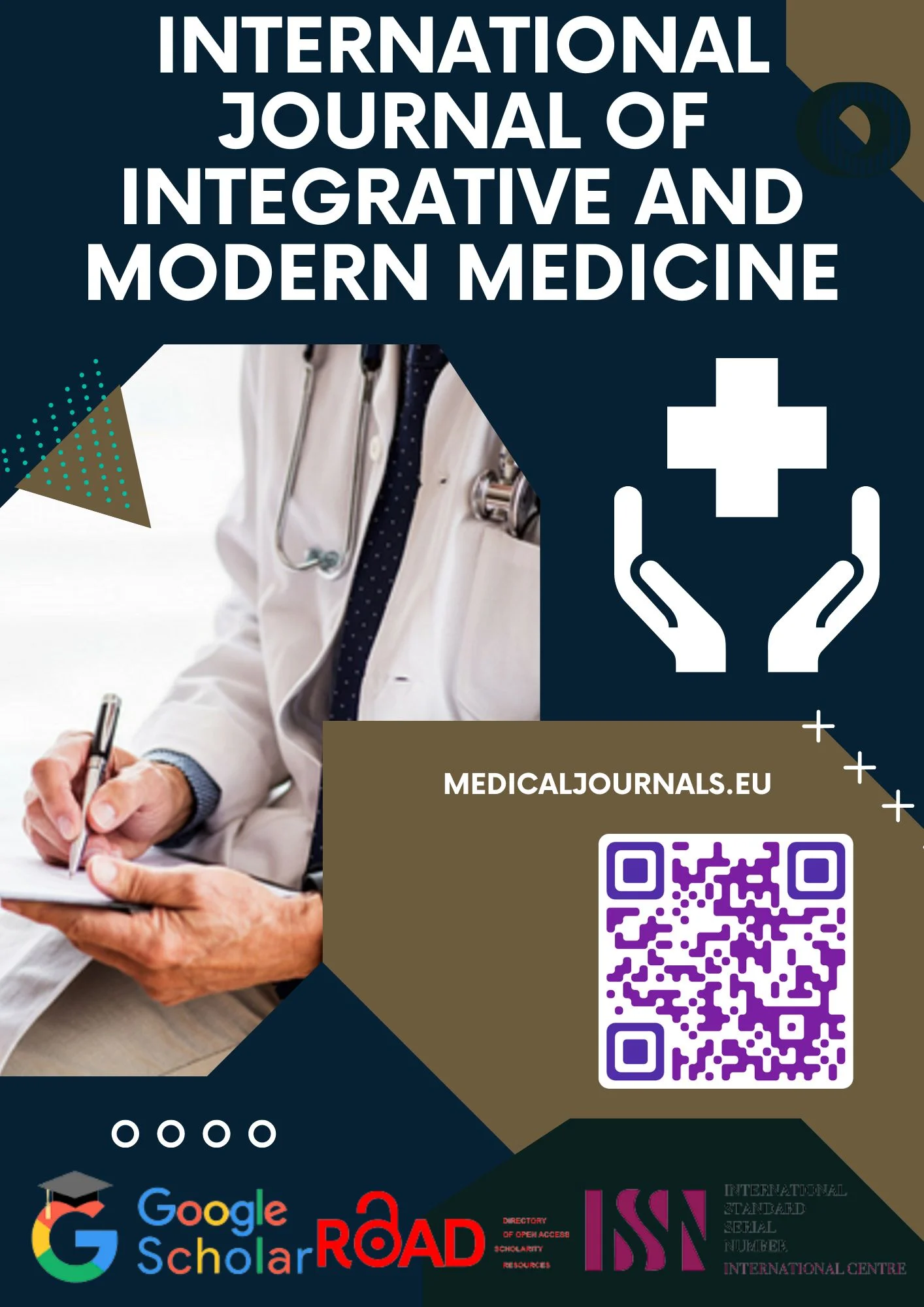Efficacy of Laser Treatments for Acne Scarring: a Meta-Analysis, Efficacy of Laser and Adjuvant Therapies
Keywords:
Acne Scarring, Fractional Carbon Dioxide Laser, Erbium, Yag Laser, Platelet-Rich Plasma, Laser Therapy, Post-Inflammatory Hyperpigmentation, Atrophic ScarsAbstract
Acne scars are a common and complex skin condition that carries profound psychological effects. Laser therapies, especially fractional carbon dioxide (FCL), erbium: YAG, and 1064 nm Nd: YAG lasers, have become essential options for addressing atrophic acne scars where in our study based on meta-analysis consolidates findings from randomized controlled trials and clinical studies to assess the effectiveness, safety, and practical uses of various laser treatments, both individually and in combination with adjuncts such as platelet-rich plasma (PRP) and topical products as well as Utilize Bayesian network meta-analysis techniques to facilitate indirect comparisons and rankings of treatment options based on clinical outcomes and side effects while The data reveal enhanced scar improvement and healing rates when using combined FCL and PRP therapy, due to their synergistic boost in collagen production and skin remodeling. Nonablative lasers, although considered safer and involving shorter recovery times, necessitate multiple sessions and produce more gradual enhancements. The potential for post-inflammatory hyperpigmentation (PIH), particularly in individuals with darker skin tones, highlights the importance of customized treatment plans that account for scar characteristics, skin type, and patient aspirations. Therefore, although our findings indicate that early intervention can improve treatment results by influencing scar maturation processes. Despite variability in treatment protocols and outcome assessments, this review endorses integrated laser-based methods as effective and feasible solutions for managing acne scars and outlines key areas for future clinical standardization and research.
References
1. Bhate, K., & Williams, H. C. (2013). Epidemiology of acne vulgaris. British Journal of Dermatology, 168 (3), 474-485.
2. Tan, J. K., & Bhate, K. (2015). A global perspective on the epidemiology of acne. British Journal of Dermatology, 172 (S1), 3-12.
3. Mohiuddin, A. K. (2019). Acne protection: measures and miseries. Dermatol Clin Res, 5 (1), 272-311.
4. Fabbrocini, Gabriella, MARIA CARMELA Annunziata, V. D′ Arco, Valerio De Vita, G. Lodi, M. C. Mauriello, Francesco Pastore, and Giuseppe Monfrecola. "Acne scars: pathogenesis, classification and treatment." Dermatology research and practice 2010, no. 1 (2010): 893080.
5. Dréno, Brigitte, Sophie Pécastaings, Stéphane Corvec, Stefano Veraldi, Amir Khammari, and Christine Roques. "Cutibacterium acnes (Propionibacterium acnes) and acne vulgaris: a brief look at the latest updates." Journal of the European Academy of Dermatology and Venereology 32 (2018): 5-14.
6. Alexiades-Armenakas, M. R., Dover, J. S., & Arndt, K. A. (2008). The spectrum of laser skin resurfacing: nonablative, fractional, and ablative laser resurfacing. Journal of the American Academy of Dermatology, 58 (5), 719-737.
7. Nestor, M. S., Manway, M., & Paparone, P. (2018). Laser Facial Resurfacing. The Unfavorable Result in Plastic Surgery: Avoidance and Treatment.
8. Žužul, K. (2014). The use of lasers in dermatology (Doctoral dissertation, University of Zagreb, School of Medicine, Department of Dermatology).
9. Modena, D. A. O., Miranda, A. C. G., Grecco, C., Liebano, R. E., Cordeiro, R. C. T., & Guidi, R. M. (2020). Efficacy, safety, and guidelines of application of the fractional ablative laser erbium YAG 2940 nm and non-ablative laser erbium glass in rejuvenation, skin spots, and acne in different skin phototypes: a systematic review. Lasers in medical science, 35 (9), 1877-1888.
10. Hantash, B. M., Bedi, V. P., Kapadia, B., Rahman, Z., Jiang, K., Tanner, H., ... & Zachary, C. B. (2007). In vivo histological evaluation of a novel ablative fractional resurfacing device. Lasers in Surgery and Medicine: The Official Journal of the American Society for Laser Medicine and Surgery, 39 (2), 96-107.
11. Ge, S., Beasley, K. L., Halvorson, C. R., & Weiss, R. A. (2024). Nonablative Laser Rejuvenation. In Textbook of Cosmetic Dermatology (pp. 425-443). CRC Press.
12. Sowash, M., & Alster, T. (2023). Review of laser treatments for post-inflammatory hyperpigmentation in skin of color. American journal of clinical dermatology, 24 (3), 381-396.
13. Hernández-Bule, M. L., Naharro-Rodríguez, J., Bacci, S., & Fernández-Guarino, M. (2024). Unlocking the power of light on the skin: a comprehensive review on photobiomodulation. International journal of molecular sciences, 25 (8), 4483.
14. Tam, Curtis, Jeffrey Khong, Kevin Tam, Ruslan Vasilev, Wesley Wu, and Salar Hazany. "A comprehensive review of non-energy-based treatments for atrophic acne scarring." Clinical, Cosmetic and Investigational Dermatology (2022): 455-469.
15. Alves, Rubina, and Ramon Grimalt. "A review of platelet-rich plasma: history, biology, mechanism of action, and classification." Skin appendage disorders 4, no. 1 (2018): 18-24.
16. Rodrigues, Ana A., José F. Lana, Ângela CM Luzo, Maria HA Santana, Amanda GM Perez, D. B. Lima-Silva, and William D. Belangero. "Platelet-rich plasma and tissue engineering." In Platelet-Rich Plasma: Regenerative Medicine: Sports Medicine, Orthopedic, and Recovery of Musculoskeletal Injuries, pp. 139-151. Berlin, Heidelberg: Springer Berlin Heidelberg, 2013.
17. Fried, Nathaniel M., Soroush Rais‐Bahrami, Gwen A. Lagoda, Ying Chuang, Arthur L. Burnett, and Li‐Ming Su. "Imaging the cavernous nerves in the rat prostate using optical coherence tomography." Lasers in Surgery and Medicine: The Official Journal of the American Society for Laser Medicine and Surgery 39, no. 1 (2007): 36-41.
18. Geronemus, R. G. (2006). Fractional photothermolysis: current and future applications. Lasers in Surgery and Medicine: The Official Journal of the American Society for Laser Medicine and Surgery, 38 (3), 169-176.
19. Thio, H. B., Zomerdijk, T. P. L., Oudshoorn, C., Kempenaar, J., Nibbering, P. H., Van der Schroeff, J. G., & Ponec, M. (1994). Fumaric acid derivatives evoke a transient increase in intracellular free calcium concentration and inhibit the proliferation of human keratinocytes. British Journal of Dermatology, 131 (6), 856-861.






